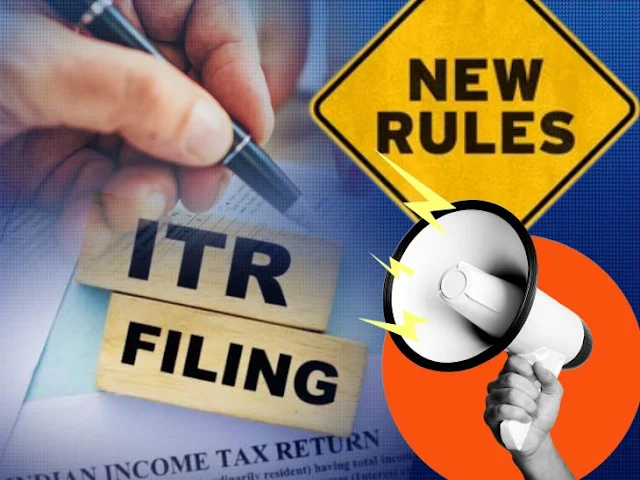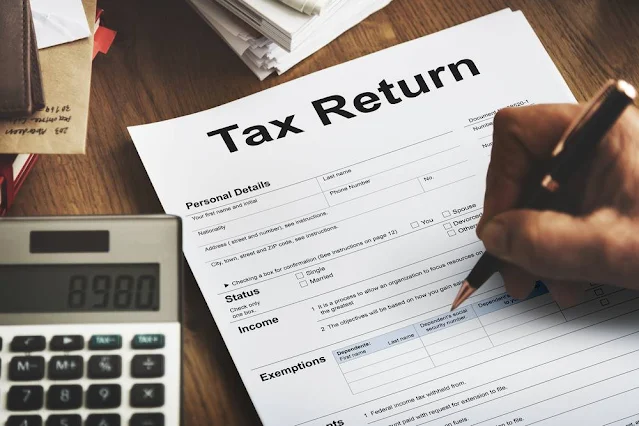CRYPTO TAX IN INDIA FOR 2025
Crypto Tax India 2025: Rules, Compliance & Strategy
1. Overview of 2025 Crypto Tax Regime
Since the 2022 Finance Act, India classifies cryptocurrencies as “Virtual Digital Assets” (VDAs). Key tax rules remain:
- 30% flat tax on gains from VDAs—no distinction between short- and long-term gains under Section 115BBH.
- 1% TDS on transaction value above thresholds: ₹10,000 for salaried, ₹50,000 for business (Blockchain Magazine).
- Only cost of acquisition is deductible; other costs like fees are not.
- Losses cannot be offset against gains or other income—nor carried forward.
- These harsh rules deter speculative trading and offshore migration.
2. Recent Budget 2025 Updates
The 2025 Union Budget refined the crypto tax landscape:
- No change in 30% tax or 1% TDS.
- Introduced Schedule VDA in ITR‑2 and ITR‑3 for detailed reporting of crypto gains.
- Section 285BAA mandates reporting by platforms/exchanges to tax authorities—entities must submit transaction details (Angel One).
- If VDAs are discovered during searches and not declared, they are taxed at 60% as undisclosed income (Angel One).
- These updates enhance transparency and compliance enforcement .
3. Reporting & Compliance Obligations
Crypto holders must navigate several compliance steps:
- File using ITR‑2 (for investors) or ITR‑3 (for traders with business income), including Schedule VDA (Share bazar adda).
- Report details such as acquisition/transfer dates, cost, and proceeds in Schedule VDA .
- Reconcile TDS credits via Form 26AS Angel one.
- Maintain wallet/export data, exchange logs, TDS certificates, etc. (angel one).
- If previously undeclared, amend returns via Section 139(8A) or risk notices, searches, and seizures—such actions are now active Angel one.
4. International Compliance & FATF Requirements
India aligns with global crypto reporting initiatives:
- OECD’s Crypto‑Asset Reporting Framework (CARF) is under consideration; India is expected to implement similar standards soon Angel one.
- Exchanges fall under PMLA (anti-money laundering) and RBI‑mandated KYC thresholds.
- Overseas transactions should be declared under FEMA and Schedule FA of ITR.
5. Industry Pressure and Potential Reforms
The crypto community has urged reforms in Budget 2025:
- TDS cuts: from 1% to 0.01‑0.1% with higher transaction thresholds (Angel one).
- Allowing set-off/carry‑forward of crypto losses—currently disallowed.
- Introduce slab-based tax, lower rates for small gains, or long-term holdings.
- A licensing framework for exchanges and stablecoins, ensuring AML/KYC standards .
- Despite momentum, no relief materialized in 2025—but momentum suggests future reforms could be on the way.
6. Practical Tips for Crypto Investors
- ETFs are taxed as capital gains without harsh crypto rules, and allow loss offsetting .
- Use ITR‑2 for passive gains; if you trade frequently, use ITR‑3 (reporting as business income) (Share Bazar adda magazine).
- Maintain purchase/sale dates, costs, exchange reports, wallet analytics—crucial for Schedule VDA (Angel One).
- Ensure TDS reflects correctly in Form 26AS; adjust returns if not (Share bazar adda).
- Deadlines for FY 2024‑25 (AY 2025‑26):
- July 31, 2025: ITR‑2/3 for non‑audited
- October 31, 2025: for audited
- December 31, 2025: belated return with penalties (Angel one)
7. Why Compliance Matters
- The tax department actively issues notices/searches, seizing wallets and penalizing undisclosed income (Share bazar adda).
- Non-compliance can lead to a 60% undisclosed income tax, high-interest charges, and legal action .
- Reporting boosts financial transparency and encourages platform credibility and investor confidence.
8. What’s Ahead: Reform Watch
While Budget 2025 maintained current rates, widespread calls remain for:
- Lowered TDS and tax slabs
- Loss set-off
- Slab-based or long-term capital gains tax
- Licensing and regulation for platforms and stablecoins
- Indian exchanges like CoinSwitch, Coinbase, and Binance are engaging regulators (Share bazar adda, Angel One, . The next few budgets may reveal reforms that keep investors in-country.
9. Final Summary
Crypto in India faces a 30% flat tax with 1% TDS, no loss offsetting, and stronger compliance via Schedule VDA and mandatory reporting by platforms. While harsh, this regime also encourages transparency and opens windows for structured planning—such as ETFs, meticulous record-keeping, and timely filings. Industry pressure continues, suggesting possible reforms in future budgets, including reduced TDS, slab-based rates, and loss set-off.
FOR MORE DETAIL Click here


